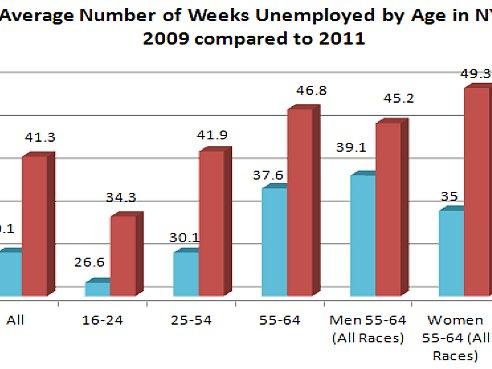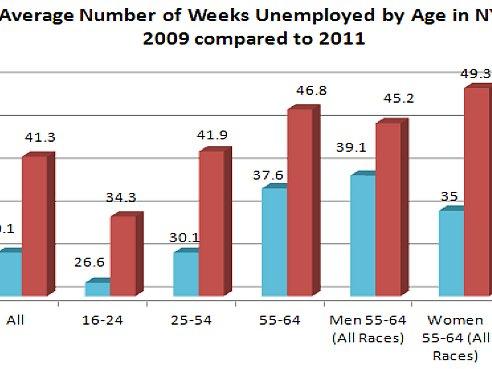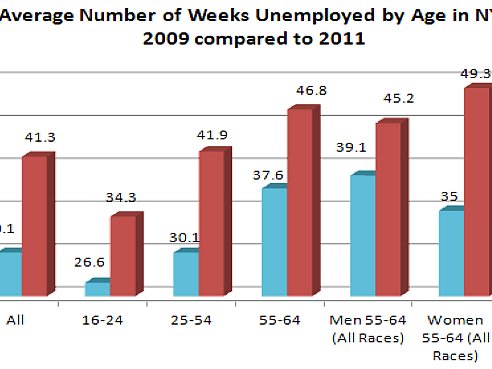NEW YORK—The unemployment rate for the city of New York hung steady at 10 percent for the month of July, according to data released by the New York Department of Labor Thursday.
This mark continues the nearly 4-year trend of unemployment rates at or above 9 percent for New York City, a 36-year high.
The state unemployment rate increased to 9.1 percent (from 8.9 percent in June), and the U.S. unemployment rate increased to 8.3 percent (from 8.2 percent June).
The numbers come on the heels of a report released Wednesday by the Community Service Society (CSS), which points out the growing struggle for women, African-Americans, and older workers to find jobs.
CSS senior labor market analyst Michelle Holder, who authored the report, attributes women’s high unemployment rate to the loss of 20,000 city, state, and federal jobs from 2009–2011.
“Women comprised about 61 percent of the government workforce in New York City and minorities comprised about 65 percent of public sector work force in New York City specifically,” Holder said.
Since July 2011, the government lost 8,900 jobs, including 5,000 at the local level, more than any other sector, according to the Labor Department statistics released Thursday.
James Parrott, chief economist and deputy director at Fiscal Policy Institute, noted job loss in the health and education sectors, jobs that he says tend to employ more women. Parrott said the funding cuts, as well as the layoffs of 800 teaching aids in the fall of 2011, have contributed to the higher unemployment rate for women in recent times.
The city has included money in its fiscal budget for 2013 to hire more teachers. However, hiring is not based on gender.
Missing Middle
Mayor Michael Bloomberg continues to tout job creation at press conferences throughout the city, and according to Bloomberg, private sector jobs are at an all-time high. In the last year 72,200 private sector jobs were added, a growth rate of 2.2 percent.
Holder said that while there are jobs created, they are not aimed at getting those who lost the public sector jobs in the recession back to work.
“There are two forces working at opposite ends here. One is the loss of a lot of really solid mid-level jobs with the contraction of the government workforce,” Holder said, “On the other side, you have efforts by municipal government to encourage the creation of low-wage jobs, as well as high skill set jobs, but nothing that targets the middle.”
Holder pointed out that there are ample entry-level jobs, where those with less than a high school diploma would qualify, such as restaurant work, but the booming tech industry, both computer and biotech, require high-level skill sets for employment.
Since July 2011, professional, scientific, and technical services sector jobs had the largest gain with 33,400 jobs through July 2012, according to New York State Labor department data.
Holder would like to see the Bloomberg administration create a more diverse job creation program that will allow those in the middle to get back to work.
Parrott agreed, “There is no ready set of policies to address that, but the city could certainly recognize that there is a need in that area and try and address that. I don’t think it has.”
First Step
The State Labor Department’s July data showed that 346,900 private sector jobs have been added since 2009, bringing all the pre-recession private jobs lost back.
Private job creation and job recoup are a step in the right direction, but Parrott said more should be done to help New York City’s unemployed residents get back to work.
“We need to not only recoup that number, but we need to have more jobs to accommodate those who are entering the labor force and the people moving to New York City. If we were creating jobs along with the growth in the labor force, you would not see an increase in the unemployment rate, but we do,” Parrott said.
The Epoch Times publishes in 35 countries and in 19 languages. Subscribe to our e-newsletter.








Friends Read Free